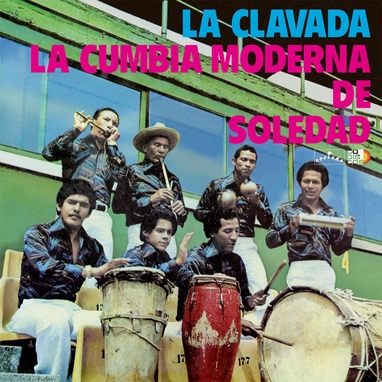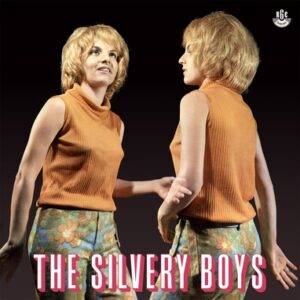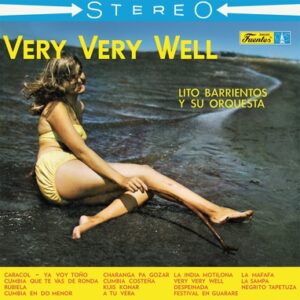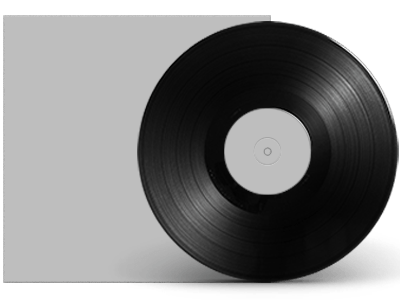
This product is currently sold out.
Don't worry! Enter your email and we'll notify you when it's available again.
Description
Contrary to popular belief, so-called ‘folkloric’ music is not always conservative and static, and is often the cultural space where musical innovation and experimentation first take place. Additionally, since folk music is often produced “by the people for the people”, it is frequently quite popular and dynamic; indeed it is seen as an integral part of a people’s identity, and yet often keeps its humble and unadorned trappings from whence it came, even when commercial interests try to harness, modify, water it down and sell it elsewhere. Though it may not be fashioned for the mass pop youth market, folkloric music has not only influenced more mainstream popular styles, it has often cross-pollinated and reacted to the larger more hegemonic mainstream music surrounding it in creative and innovative ways that bely the musicians’ seemingly simple, ‘homespun’ or humble origins or modes of expression.Such is the case with the octogenarian musician, composer, vocalist and teacher Pedro Beltrán aka “Ramayá” who hails from Patico, a small town in Colombia’s Bolívar province, not far from the Caribbean coast. He has been crowned Rei Momo of the carnival in Barranquilla, and recorded many albums as a leader and sideman, working with various domestic and international pop artists as well, from Quantic and Thornado to Systema Solar. While his main instrument is the ‘caña e millo’ flute, he is also proficient in the various percussion instruments of his region as well as the reed instrument known as the ‘gaita’. His group La Cumbia Moderna de Soledad (named for the large city within the municipality of Barranquilla) was founded in the early 1970s when Ramayá had already retired from a career in the army and was living in Soledad. With this group he set out to “modernize” the folkloric music of his people, adding the electric bass and a brass section to fresh arrangements of cumbias, porros, fandangos, puyas and other costeño genres. What’s more, the band often did left-field cover versions of international dance hits that were popular in the region’s sound systems (picós) and discotheques, from Fela Ransome-Kuti And The Africa ‘70’s ‘Shakara Oloje’ to Rod Stewart’s ‘Da Ya Think I’m Sexy’. If you think this sounds like a case of post-colonial cargo-cult worship or a record label marketing gimmick, think again, because there is something fantastically otherworldly yet “right” about this cross-cultural mash-up, especially since La Cumbia Moderna de Soledad proudly maintained its authentic Afro-Colombian and indigenous roots throughout, making for an infectious mix that was very popular at the time (especially in the Carnaval de Barranquilla) and is still danced to today by Colombians and other fans all over the world. In a way it’s as if these musicians, brought up in the ancient rural traditions of their culture, were trying to make musical sense of the rapidly changing and mechanizing urban environment around them.“La Clavada” (1979) was La Cumbia Moderna de Soledad’s sixth record and first for Codiscos’ Costeño imprint. The LP has many excellent examples of Pedro “Ramayá” Beltrán’s innovative, catchy and downright playful mix of the ancient and the modern, making for a collection of tunes brimming with tradition and yet fearlessly bristling with innovation, not the least of which is “Crees que soy sexy” with its crazy yet very catchy “English” lyrics and haunting gaita refrain mimicking the main melody of Rod Stewart’s previously mentioned international disco smash. In addition, the title song was a massive hit in Colombia and has been covered as a merengue by Dominican artist Cuco Valoy & Los Virtuosos, and ‘Cumbia Soledeña’ became an imported discotheque hit in Europe and England as well. Now, faithfully restored to its original glorious sound, this album is poised to be rediscovered as an innovative yet rootsy gem that deserves a second life within today’s vinyl revival and continued interest in Colombia’s musical past.
Product safety & manufacturer information
Related products
-

THE SILVERY BOYS s/t
19,00 €
Includes 19% MwSt.plus shipping -

LITO BARRIENTOS Y SU ORQUESTA Very Very Well
19,00 €
Includes 19% MwSt.plus shipping

